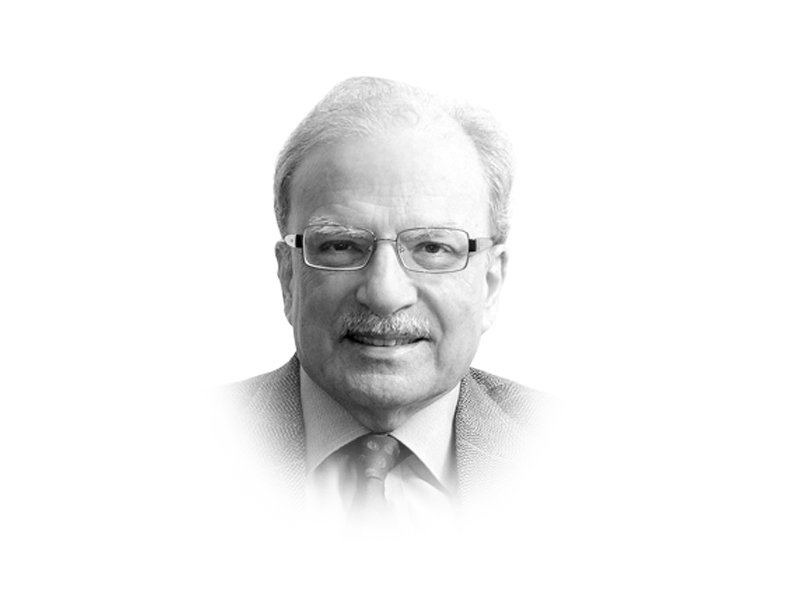
The world faces a wide array of insurgencies that have their roots in the rise of religious extremism. These range from the Taliban in Afghanistan to the Taliban in Pakistan to the Islamic State in Iraq and Syria. Each of these is different in the objectives it aims to achieve, the strategies it pursues to reach its goals, and the structures of the organisation it has developed.
According to Paul Staniland, the author of a well–researched book, Networks of Rebellion: Explaining Insurgent Cohesion and Collapse, “All insurgents are not created equal, and so strategies need to be matched to the specific strengths and weaknesses of a group.” Policymakers in Pakistan, who have hastily put together an action plan to counter terrorist activities, should pay attention to the writings of the experts working in this area.
Focusing on the structures of terrorist organisations, Stanliand divides them into three categories. He labels the first “integrated groups”. The Afghan Taliban are an example of a group that relies on robust social networks to link leaders with one another and to local communities. There may be internal disagreements but the Afghan Taliban have never collapsed into internecine warfare. The use of force may not work as a strategy for mainstreaming these groups and including them into the larger political and economic systems. These groups are “cohesive enough to bargain with the government or international community, allowing them to implement agreements without splintering”, writes Staniland.
The second Staniland category is labelled “vanguard groups”. These have tight leadership core but weak links to local communities. What the core leadership group wishes to achieve is not what the local communities want. Al Qaeda in Afghanistan and the Islamic State in Iraq and Syria belong to this group of insurgents. The local Pashtun communities did not have any quarrel with the United States, the country targeted by Osama bin Laden and his associates in the core leadership group. The most effective approach for countering this type of insurgency is to create space between the leaders and the local communities.
The third type, called “parochial insurgents”, has fragmented leadership divided across powerful factions. “The Pakistani Taliban is a classic parochial insurgent group that has been plagued by infightings, side-switching and inability to build and maintain coherent strategies; even as it has been able to impose heavy costs on Pakistan’s government and society. These internal rivalries have triggered brutal violence against civilians to show a faction’s power.” The Peshawar APS attack was followed by an attack on the same city’s Shia community, later by the bombing of a police establishment in Lahore and still later by the attempted bombing of a Shia mosque in Islamabad. Dealing with this type of group poses a real challenge since all the factions will have to be dealt with, not just one well-organised cluster of likeminded leaders.
In my own continuing work on the rise of extremism in the context of Pakistan, I have emphasised its source as the alienation of a large segment of the population from the state. Political scientists and sociologists have long recognised how disaffection can often lead to the use of violence as the preferred form of expression. Sustained political and economic development is the only effective way of dealing with the insurgencies that draw their strength from widespread discontent.
There are some other explanations of insurgency to which I will return in the next article that should be factored in if a cogent and effective response is to be developed.
Published in The Express Tribune, February 23rd, 2015.
Like Opinion & Editorial on Facebook, follow @ETOpEd on Twitter to receive all updates on all our daily pieces.







































COMMENTS
Comments are moderated and generally will be posted if they are on-topic and not abusive.
For more information, please see our Comments FAQ